Unit on Ableism - Campus Activism
Unit on Ableism - Campus Activism
Unit on Ableism - Campus Activism
- No tags were found...
Create successful ePaper yourself
Turn your PDF publications into a flip-book with our unique Google optimized e-Paper software.
from now <strong>on</strong> you will be encouraging them to use the latter phrase, to prioritize the pers<strong>on</strong> ratherthan the disability.2. <strong>Ableism</strong> 15 minutesInvite students, following the “try it <strong>on</strong>” agreement, to c<strong>on</strong>sider the following definiti<strong>on</strong>. Explainthe term “ableism,” using the formula developed from the foundati<strong>on</strong> sessi<strong>on</strong>s <strong>on</strong> the board:prejudice + power/power-over = ism“<strong>Ableism</strong>” means the discriminati<strong>on</strong> against or mistreatment of people identified or labeled asliving with mental, emoti<strong>on</strong>al or physical differences, and the elevati<strong>on</strong> of “normally”-abledpeople into positi<strong>on</strong>s of power and privilege over people with these differences.The target group includes people with visible physical differences—using assistance withmobility, hearing, sight, speech, and so forth; people with mental differences, in speech, type ofintelligence, behavior, and so forth; and people whose differences are hidden—people who canhide or mask physical or mental differences.TargetPeople living withdisabilitiesn<strong>on</strong>targetPhysically/emoti<strong>on</strong>ally/mentally-abled peopleHave students review their work in the last two sessi<strong>on</strong>s. On <strong>on</strong>e hand, they discussed:• what it means to “lack” an ability and learn how to compensate for it (sessi<strong>on</strong> 1)• what are counted as “differences” in humans’ physical, mental or emoti<strong>on</strong>al make-upwhen these are described simply as differences (this sessi<strong>on</strong>).On the other hand, they looked at:• the photographs of people with disabilities being stereotyped or mistreated• the 3-hearts, normal/abnormal exercise, about how some differences are characterized as“abnormal,” with stereotypes and putdowns attached (sessi<strong>on</strong> 1)• early, sometimes negative experiences of having disabilities and learning about otherpeople with disabilities (sessi<strong>on</strong> 2)Ask students, based up<strong>on</strong> this work, to say in their own words what “ableism” could mean.Make the following additi<strong>on</strong>al points, writing boldface phrases <strong>on</strong> the board:• Any<strong>on</strong>e can be a target: unlike some of the other “isms,” any<strong>on</strong>e can be a target of thisism, and will be at some time in her/his life. Any<strong>on</strong>e can have or c<strong>on</strong>tract a visible orhidden disability, illness or injury, and any<strong>on</strong>e’s “normality” can be called into questi<strong>on</strong>.• Being seen as disabled: virtually all people with visible disabilities have underg<strong>on</strong>e theexperience of being stared at, perceived and treated as different or “abnormal,” oridentified simply by the disability they have (e.g.: a “cripple”; “AIDS” victim; “a blindpers<strong>on</strong>,” &c.).<str<strong>on</strong>g>Unit</str<strong>on</strong>g> <strong>on</strong> <strong>Ableism</strong>11



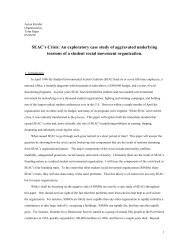

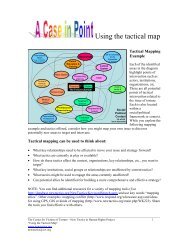
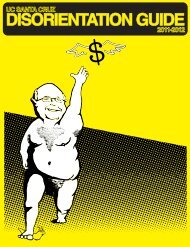

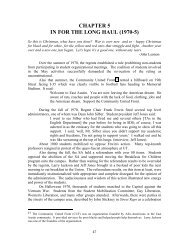
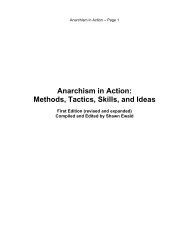

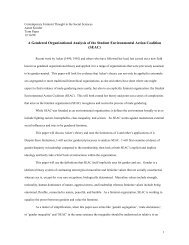


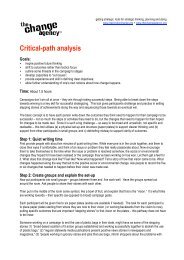

![Meaningful Student Involvement Research Guide [pdf] - SoundOut](https://img.yumpu.com/38822556/1/190x231/meaningful-student-involvement-research-guide-pdf-soundout.jpg?quality=85)